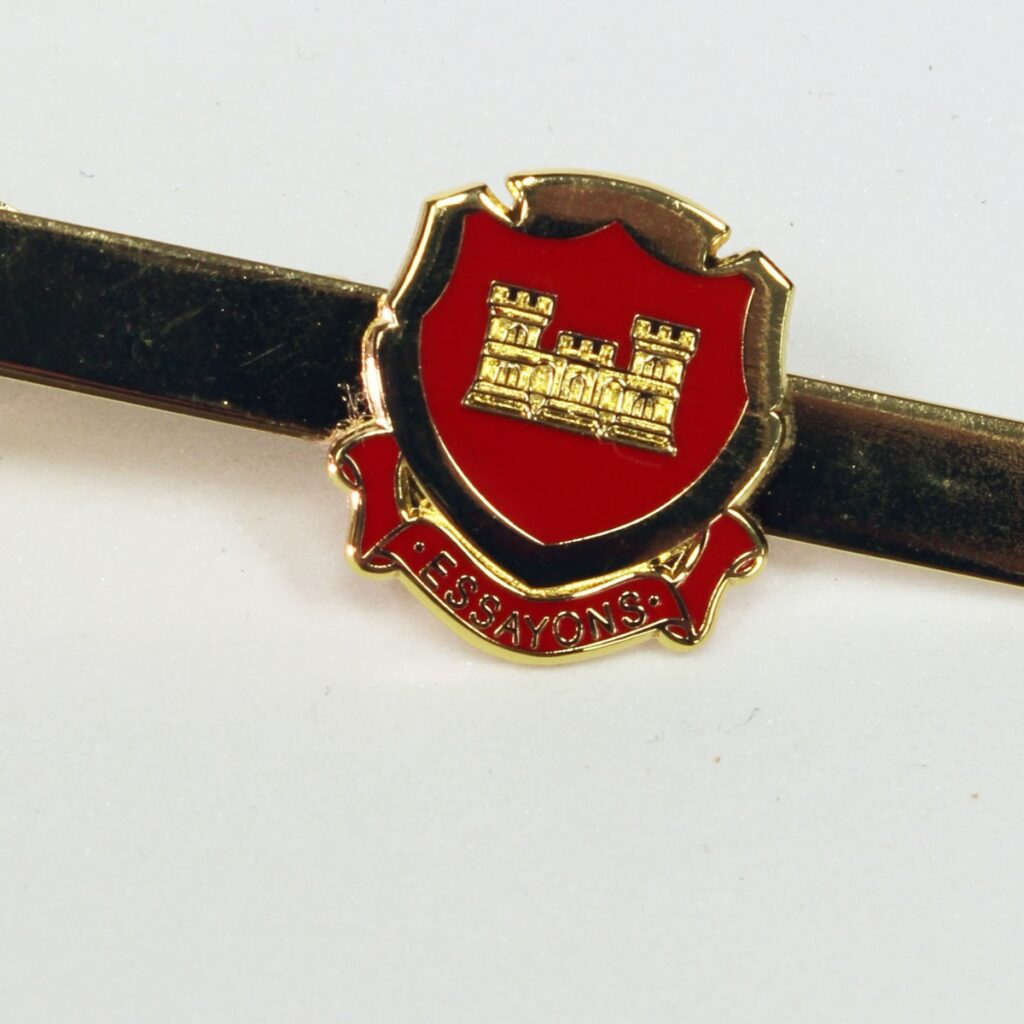The Royal Guard, also known as the Queen’s Guard, is a prestigious military tradition in Britain that has stood the test of time. Dating back to the early days of the British monarchy, the Royal Guard is responsible for protecting the monarch and royal residences, as well as carrying out ceremonial duties at royal events. Made up of five regiments, each with its own unique history and traditions, the Royal Guard is a symbol of the monarchy and a source of national pride. With customs like the Changing of the Guard ceremony and the iconic bearskin hats, the Royal Guard continues to uphold the honor and tradition of the British monarchy.
The Royal Guard: A Closer Look at Britain’s Time-Honored Military Tradition
The Royal Guard, also known as the Queen’s Guard, is a time-honored military tradition in Britain that has been in existence for centuries. The Royal Guard is responsible for protecting the British monarch and the royal residences, as well as performing ceremonial duties at royal events and state occasions. In this article, we will take a closer look at the history, duties, and traditions of the Royal Guard.
History of the Royal Guard
The origins of the Royal Guard can be traced back to the early days of the British monarchy. The role of protecting the monarch and royal residences was initially carried out by the King’s Bodyguard, which was established in the 15th century. Over time, the King’s Bodyguard evolved into the Royal Guard, with its distinctive uniform and ceremonial duties.
Today, the Royal Guard is made up of five regiments: the Grenadier Guards, Coldstream Guards, Scots Guards, Irish Guards, and Welsh Guards. Each regiment has its own unique history and traditions, but they all share the common goal of protecting the British monarch and upholding the honor of their regiment.
Duties of the Royal Guard
The primary duty of the Royal Guard is to protect the British monarch and the royal residences. This includes standing guard at Buckingham Palace, Windsor Castle, and other royal palaces, as well as providing security for the royal family when they are in residence. The Royal Guard also performs ceremonial duties at royal events, such as the Changing of the Guard ceremony at Buckingham Palace.
In addition to their protective and ceremonial duties, the Royal Guard also plays a key role in public relations for the British monarchy. The sight of the Royal Guard in their iconic red tunics and bearskin hats is a symbol of the monarchy and is often featured in media coverage of royal events.
Traditions of the Royal Guard
The Royal Guard is steeped in tradition, with many customs and rituals that have been passed down through the centuries. One of the most well-known traditions of the Royal Guard is the Changing of the Guard ceremony, which takes place daily at Buckingham Palace and other royal residences. During the ceremony, one regiment of the Royal Guard replaces another in a choreographed display of military precision.
Another tradition of the Royal Guard is the wearing of the bearskin hat, which has become synonymous with the Royal Guard. The bearskin hat is worn by all members of the Royal Guard and is a symbol of their elite status and dedication to duty.
Conclusion
The Royal Guard is a time-honored military tradition in Britain that plays a crucial role in protecting the British monarch and upholding the honor of the monarchy. With its rich history, distinctive uniform, and ceremonial duties, the Royal Guard is a symbol of the British monarchy and a source of national pride.
